Self taught artist Richard Wheatland decided long ago that his art was going to have to pay for itself. And it did! So how did he manage that?
It’s always a pleasure to speak to a European artist! How long have you been involved in the automotive art scene in the United Kingdom?
I first started putting paintings in front of people over 30 years ago, so I’ve been around for a while in the UK. I try to get my work out where I can. It’s quite expensive in the UK – some of the major events are beyond what I can afford.
I first did Silverstone classic in 1998. It’s the biggest motor-racing event in Europe. I’ve done well there some years. Initially, I went as a part of the British Racing Drivers Club art show. Things have changed in the automotive art landscape since the recession over here. In the last few years, it’s been more challenging to attend Silverstone as an artist. I figure I’m better at the painting than the selling, really.
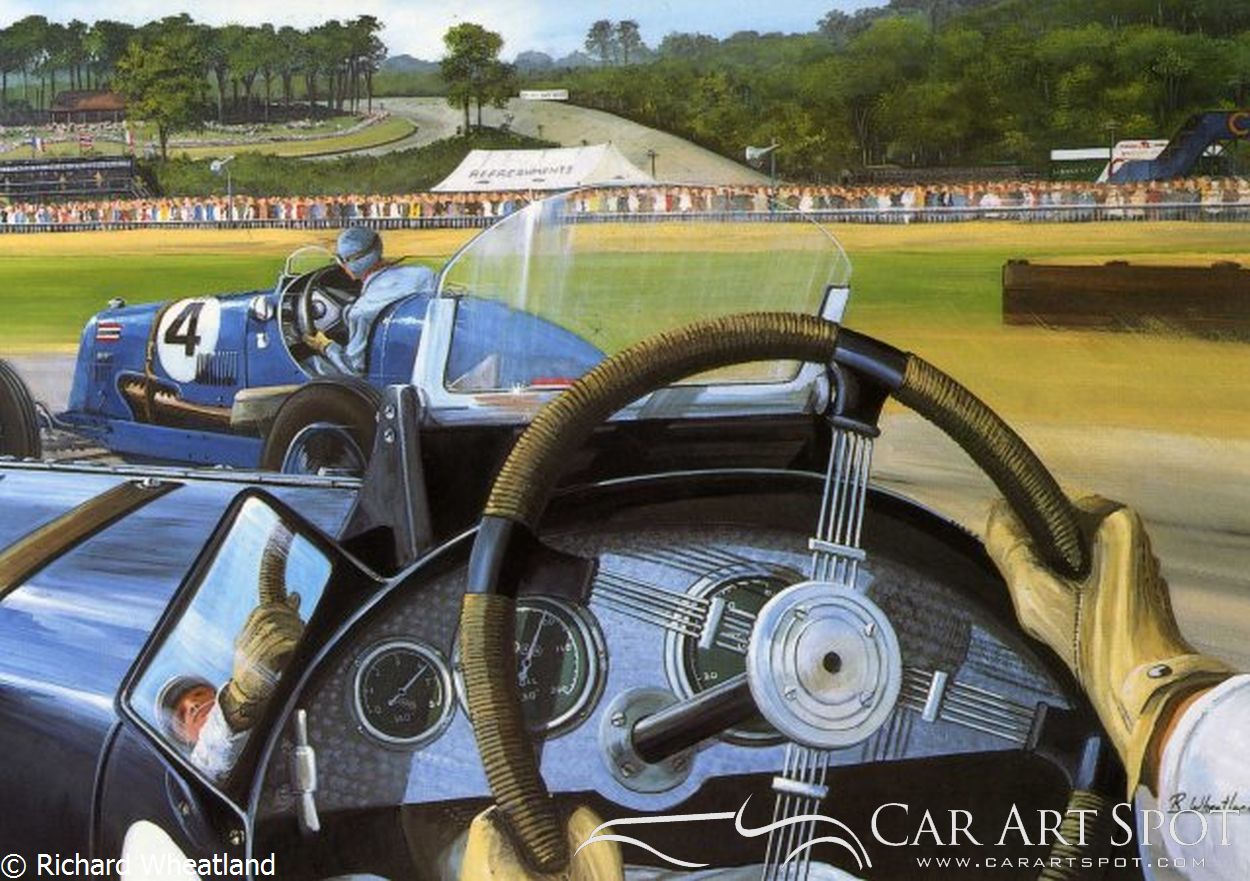
From the hot seat by Richard Wheatland
When I was younger and had a young family, I decided that my art was going to have to pay for itself. I wouldn’t draw from the family budget to work on it. So, for me, the funds I receive from selling one painting tend to go toward the next project. This allows me a certain amount of freedom because I’m not relying on it to pay the bills. I get to paint what I want when I want to. And that’s really great. It’s a continuity issue for me. Sometimes I’ve got a ton of work and other times there are dry spells.
You’re a part of an automotive art guild, correct?
The Guild of Motoring Artists in the UK. I was one of the people who sat around a table in the 80’s and talked about doing it [laughs]. I’ve worked on the administrative side of things for a number of years but we haven’t received quite the attention I had expected. For something like this to work, we need the best artists in the field to be a part of it. We’ve got quite a large membership that is sort of aspiring to be near them.

LOLA T70 MK3Ba by Richard Wheatland
The idea behind starting the guild was to support one another. We tried to model our guild after a similar group dedicated to aviation art. There isn’t a great automotive industry in the UK. We’ve really only got Jaguar and Land Rover left. It’s difficult to find financial backing for projects and art shows. As a result, it’s often down to the artists to support one another. The group is still active and still puts together shows and exhibitions, thought not necessarily in highly prestigious venues. There are some great artists involved.
Tell me more about your story, Richard.
Well, I’m a precision engineer by trade. All of my life I’ve made things. When I told my parents I wanted to go to art school, they told me I’d need to get a real job [laughs]. I was fairly handy with most subjects at school and, around that time, my father had just started his own engineering company. So I took on an apprenticeship there, got my degree, and the rest is history. That took care of my day job. I’m still doing it and I will until it’s time for me to retire. This has given me the opportunity to approach the art business in a slightly more professional way due to my business experience.
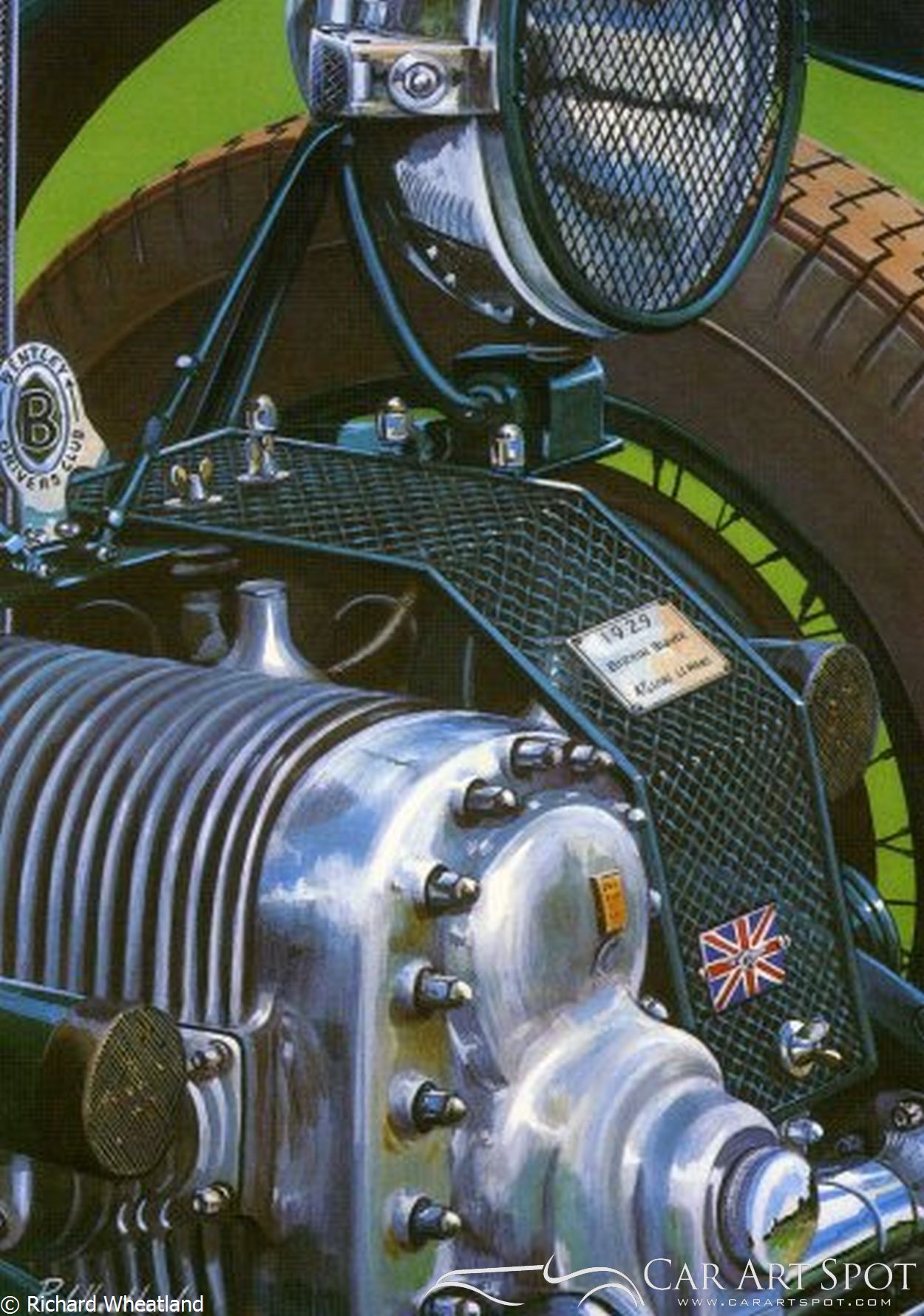
Blower by Richard Wheatland
I’ve painted since I was a child. In the 1970’s when I got married my wife and I lived in Brooklyns near a track. Once a year there would be a large gathering of automotive enthusiasts with old motorbikes and vintage cars and even the odd airplane or two for a day of fun and sharing. One year, I managed to procure an invitation and I think that’s really what piqued my interest in vintage automobilia.
I’m self-taught, really. Everything that has developed for me is through practice and mastering the materials that I use. Once I discovered the media that suited me, I was able to master the techniques that I preferred. I enjoy using watercolours – load of detail and shorter painting sessions. The majority of my work is watercolour. Since I’ve gotten into publishing and printmaking, I find that reproduction of watercolours is much stronger.
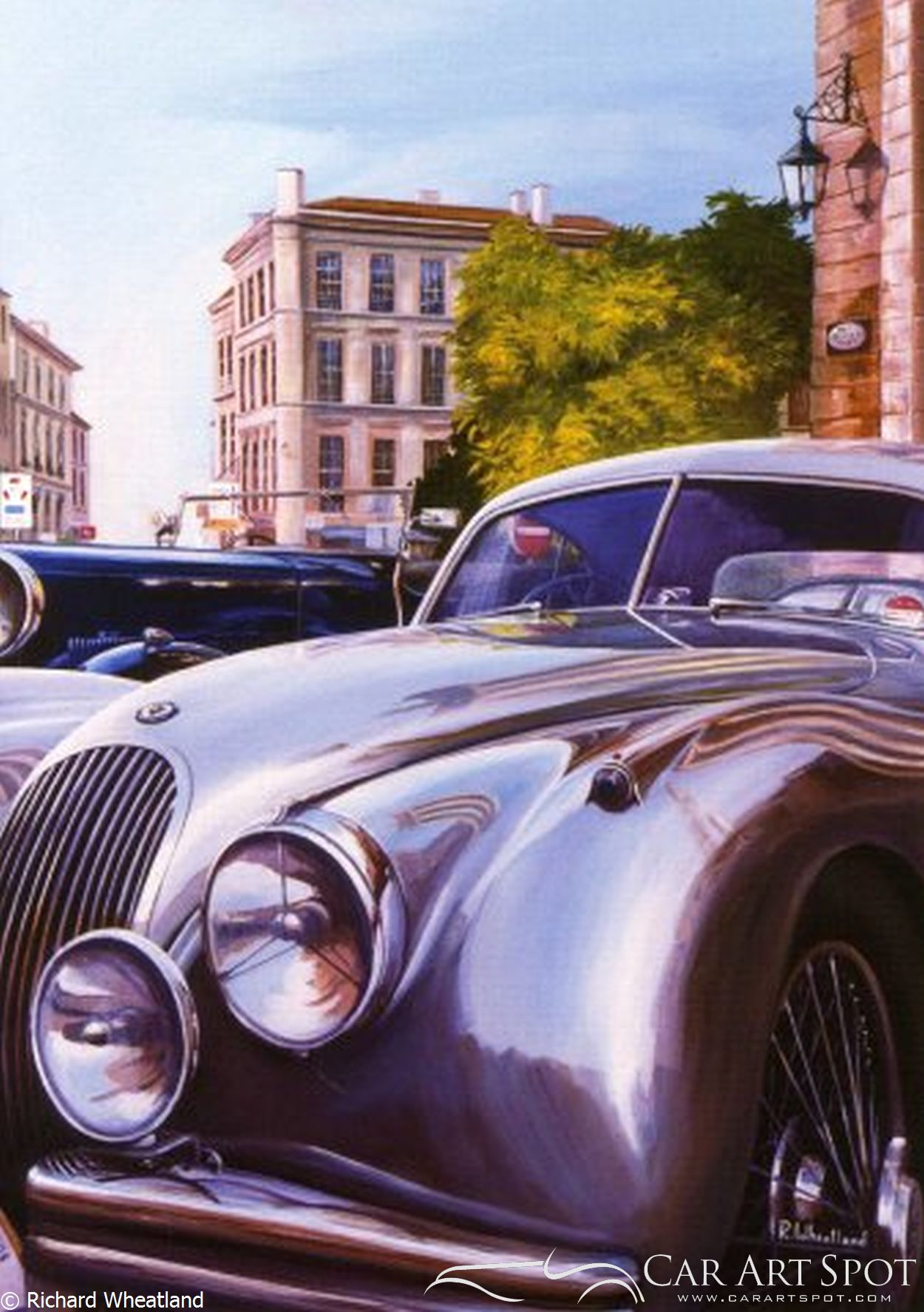
Reflections in silver by Richard Wheatland
More recently I’ve become more interested in highly detailed parts of cars, rather than the whole. Reflection and light also intrigues me. I do still occasionally visit the wider scene. I also enjoy classic cars and vintage vehicles far more than modern designs. For me, the problem with painting modern designs is that they date very quickly. There are wonderful concept cars around that would make great paintings but I worry that they will become yesterday’s news much more quickly than classic and vintage vehicles.
I find that my inspiration comes from being at events. I record these experiences in a painting. I prefer to do that rather than pouring over history books and gleaning inspiration from those types of sources. For instance, early on in my painting career I had the chance to purchase a vintage car and restore it. Having had that car, I’m able to attend vintage car events and those types of experiences and occasions tend to make great paintings.
More of Richard’s work can be found on his website at richardwheatland.


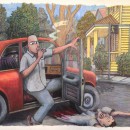
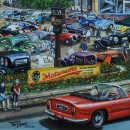
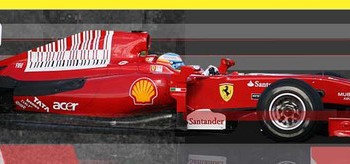

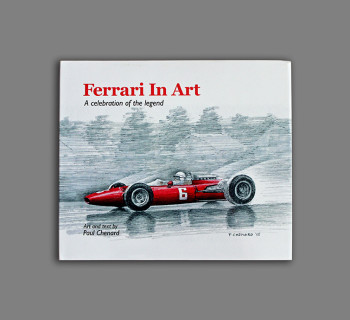
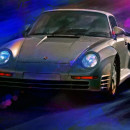
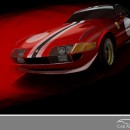
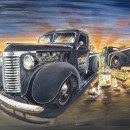


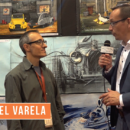
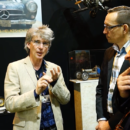
[…] Richard Wheatland – Richard Lloyd Racing 956 at Le Mans in […]